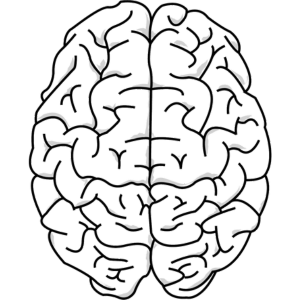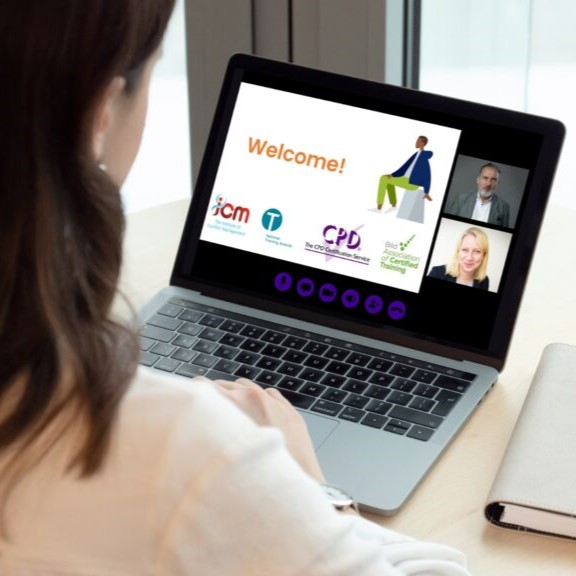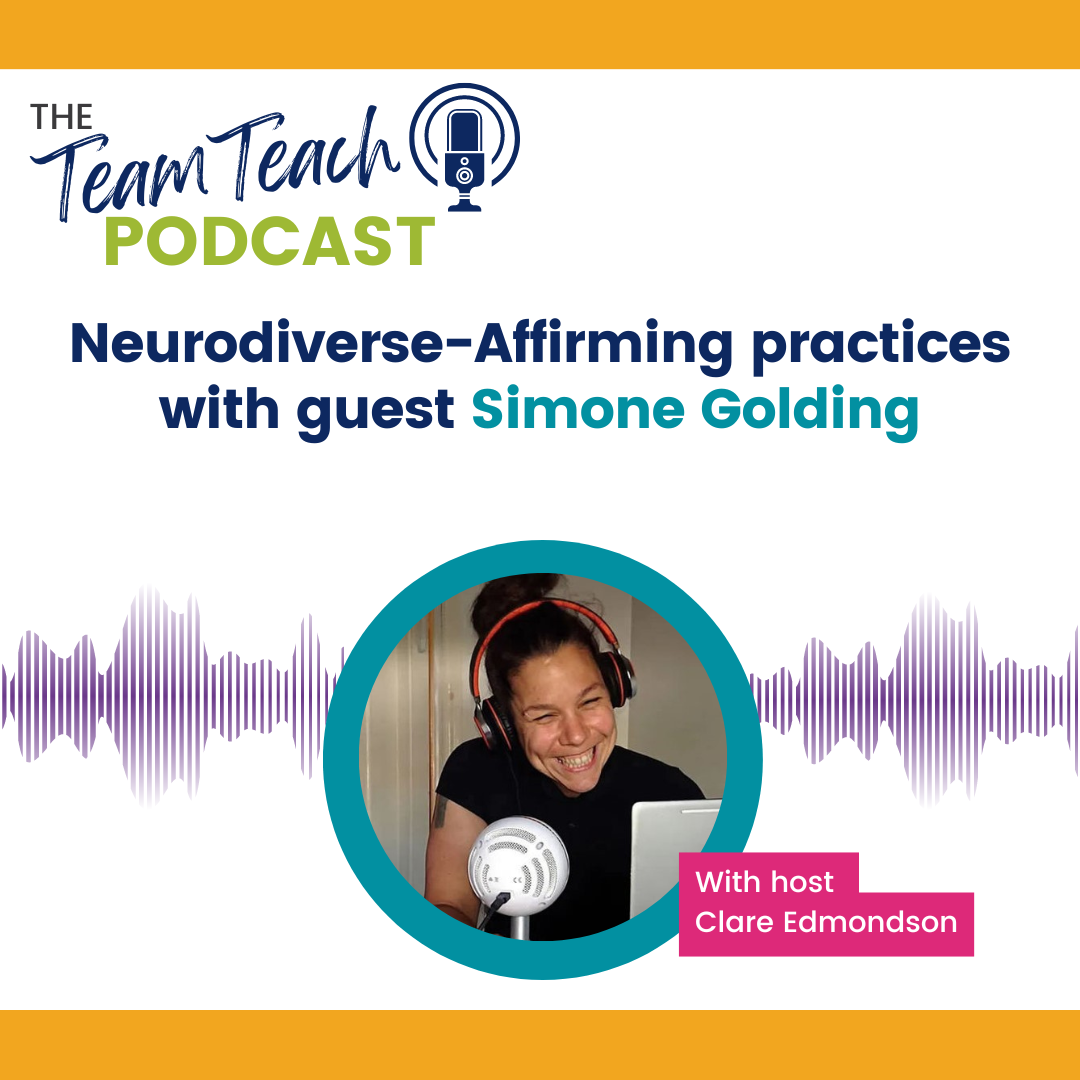Exploring Hare and Tortoise Thinking for Effective De-escalation
Hare and Tortoise thinking is based on the research and book by Daniel Kahneman, Thinking Fast and Slow, how we make decisions in different situations, and how this thinking affects the outcomes of that decision making.
If we can adopt a thinking slow approach, this allows us to be self-reflective and relational. When we rush in, because we want to solve the problem there and then, we run the risk of making poor or undesired judgements.
To watch our webinar by Nancy Hooper discussing Hare and Tortoise Thinking, click here
The benefits of slowing down our thinking
We sometimes end up reacting to a situation rather than taking a moment to really digest what is happening. We respond rather than react. When we rush in, our fast thinking can’t process the concepts in front of us.
By slowing down our thinking, we give ourselves time to access the procedures and the scripts we know are more helpful to us. It allows us to be self-reflective and think about our own behaviour and the effect this could have on a situation. We can respond rather than react.
When we approach a situation and think about how our behaviour and response can best support someone, it also helps us draw on our previous interactions with that person. We can build on the relationship and ideally find ways to encourage the person to slow down their thinking too, as the same thing is happening to them -̵ they are also using their fast thinking when they are feeling distressed or upset or angry.
The effect of fast thinking
When we think fast, we risk overreacting due to fight-or-flight responses happening. This can be really useful in certain situations, usually life-threatening situations. When we are supporting someone who is distressed or angry or scared, we need to be conscious of our response, take time to dynamically risk assess a situation, and approach it in a more logical, reflective and relational way.
The amygdala in our brain controls the emotional hub of the brain and is primarily involved in the processing of emotions and memories associated with fear. Whereas our cerebral cortex in our brain provides us with logical thinking. The more stressed and anxious we are, the more likely our brain is going to revert to the emotional fast thinking taking over.
How can we achieve slow thinking during a situation?
So how do we best manage this if our fast thinking is emotional and instinctive and our slow thinking is logical and deliberate? Both have their place at different times, but we have to manage them when we need to be available to support those in our care. It helps us be able to use our best tools and strategies to reach our preferred goal.
If we can prepare ourselves well for situations and practice scenarios and responses we prefer to use, we are more likely to revert to this and use our slow, logical thinking.
In training, we practise scripts and helpful things to say and do in scenarios with specific people we support. Then we use them more instinctively at times of stress and anxiety. This enables us to use our slow thinking to assess the situation. We can really look at the individual in distress, the experience they are going through at that moment in time and be more logical.
Other strategies for slow thinking
Some other things we may do before rushing in are to have our own personal strategies, such as counting to ten, or positive self-talk with a plan on how we can manage this. Just as we would following our fire training, we use our slow brain to plan the next few steps we are going to take because we went on training and know what to do.
By being self-aware and recognising how we are feeling and by acknowledging our emotional responses, we can manage our self-control and that helps us self-regulate. If we can connect with our emotions, we can respond with logical thought.
With slow thinking, we can empathise much better. We can recognise the emotions in other people, and this allows us to be more aware, understanding, and more likely to come to a positive result. Our interpersonal communication becomes stronger and we are able to resolve conflict if we don’t rush to try to solve something as fast as possible in the quickest way.
Moving away from assumption-based responses
Another great thing about slow thinking is that we can look at unique aspects of a situation rather than making assumptions that a future event will be identical to a past event. We need to identify new information and focus on that, rather than reacting in the same way as in a previous experience. Whilst having knowledge and experience is really useful in making risk assessments, we sometimes make assumptions with our fast thinking that each situation will be the same rather than looking at experience uniquely.
This is where we can be puzzle solvers. Make the focus understanding what this person is trying to tell me at this moment, how can I change my behaviour rather than theirs and reflect on my approach, and how I’m affecting this person and this situation. Understanding what I can do to help this person here and now. By having a puzzle-solving culture, we are looking at different ways we can meet people’s needs, working with the person to find strategies together.
Team Teach Ltd does not recommend or endorse any specific resources, publications, training programmes, expert figures, or other information.





